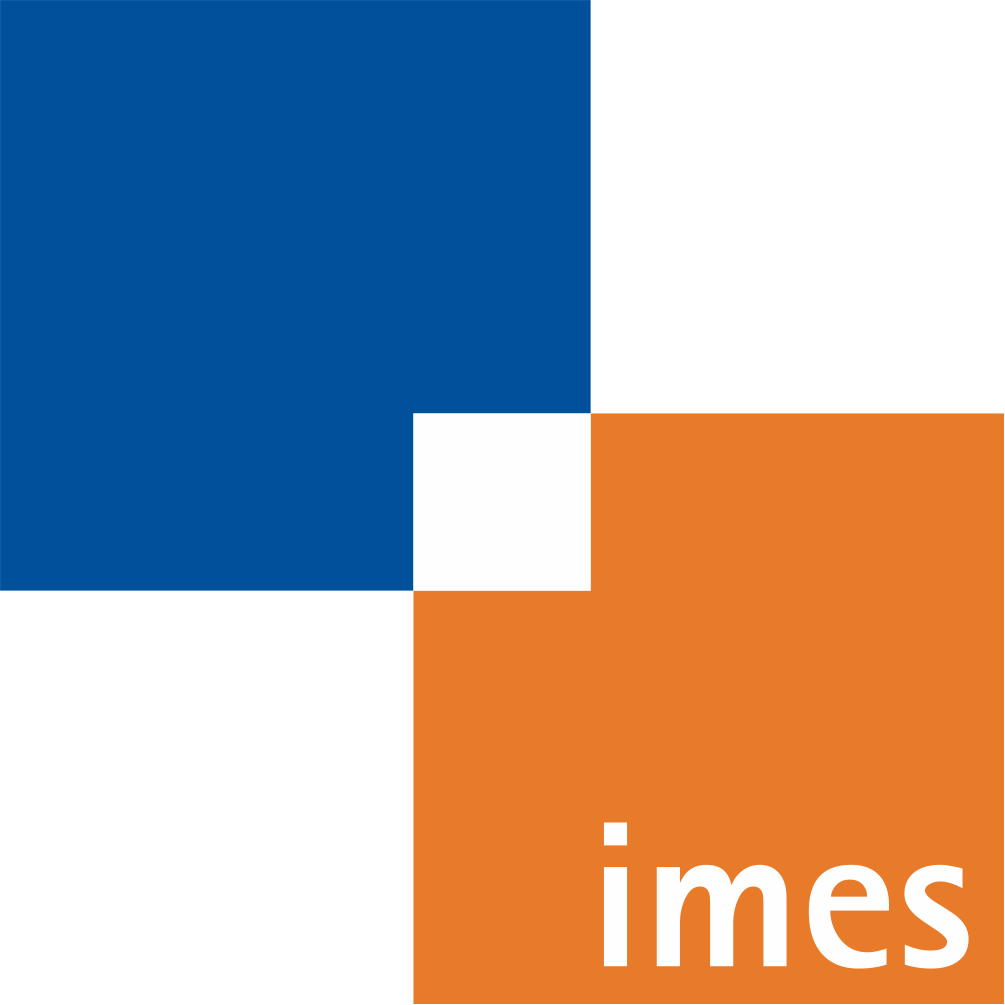Temporal bone phantom for decoupled cochlear implant electrode insertion force measurement
- verfasst von
- Jakob Cramer, Niklas Dassow, Georg Böttcher-Rebmann, Leon Budde, Thomas Lenarz, Thomas S. Rau
- Abstract
In research on cochlear implants, preclinical testing of newly developed electrode arrays and surgical tools is an essential procedure, which requires the availability of a suitable testing environment. For this purpose, human temporal bone specimens are most realistic, but their availability is limited and additional parameters such as insertion forces are hardly measurable. Therefore, the aim of this study was to develop a temporal bone phantom with realistic anatomical structures for intracochlear force measurement. The temporal bone was segmented from CBCT data of a human cadaver head. The segmented model was 3D printed with an additional artificial skin layer to enable the simulated use of surgical instruments such as a self-retaining retractor. A mechanically decoupled artificial cochlear model was realistically positioned within the temporal bone and was furthermore attached to a force sensor. The usability of the phantom was evaluated by performing automated EA insertions using an automated hydraulic insertion device. The experiments showed that the insertion forces within the cochlea could be measured without interferences from surrounding structures. Moreover, the artificial skin provided a rigid interface for the insertion tool. The new phantom is a realistic testing and training platform for cochlear implant electrode insertions with the advantage of measureable insertion forces.
- Organisationseinheit(en)
-
Institut für Mechatronische Systeme
Medizintechnik & Bildverarbeitung
- Externe Organisation(en)
-
Medizinische Hochschule Hannover (MHH)
- Typ
- Artikel
- Journal
- Current Directions in Biomedical Engineering
- Band
- 9
- Seiten
- 130-133
- Anzahl der Seiten
- 4
- Publikationsdatum
- 01.09.2023
- Publikationsstatus
- Veröffentlicht
- Peer-reviewed
- Ja
- ASJC Scopus Sachgebiete
- Biomedizintechnik
- Elektronische Version(en)
-
https://doi.org/10.1515/cdbme-2023-1033 (Zugang:
Offen)
